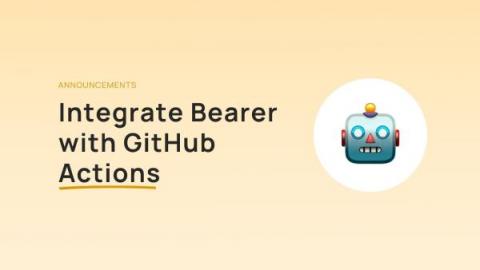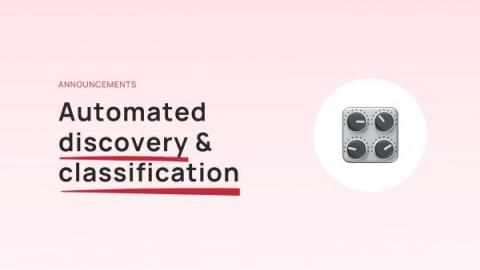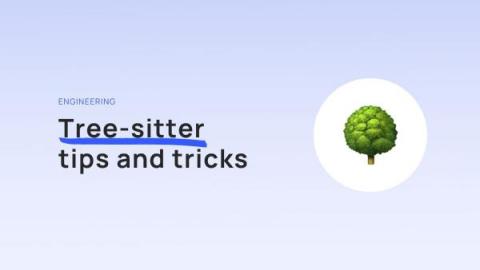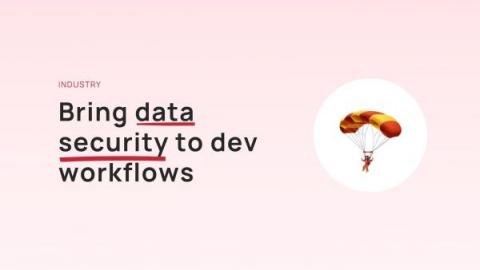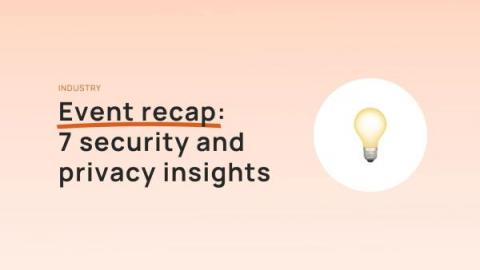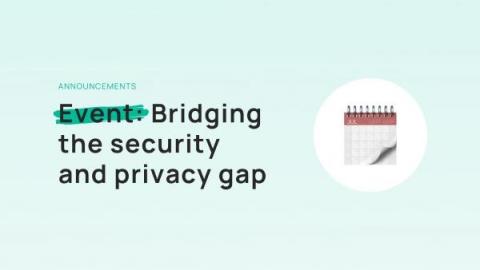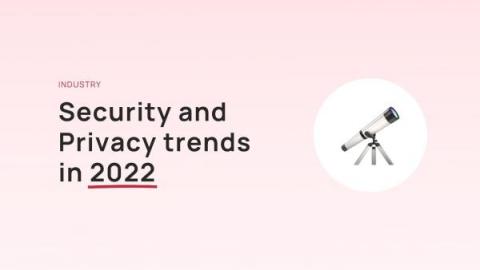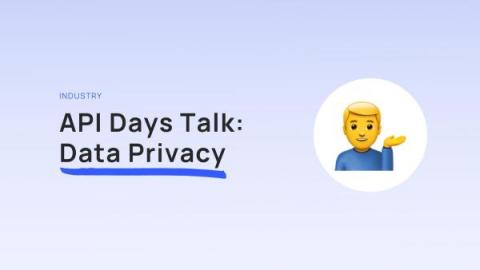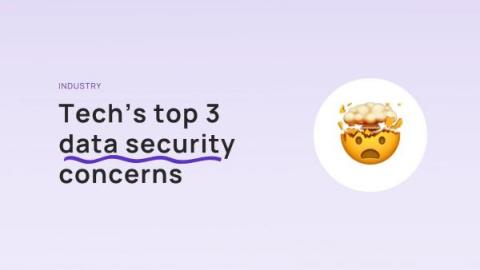Reduce risks of data breaches throughout your development lifecycle with the new Bearer GitHub Action
Bearer is a Static Application Security Testing (SAST) tool that enables security and engineering teams to identify and mitigate data security risks throughout the software development lifecycle. It integrates with Source Code Management (SCM) software (see Git repository integrations for more details) to scan your code repositories, discover and classify data flows, and detect gaps with your data security policy.


